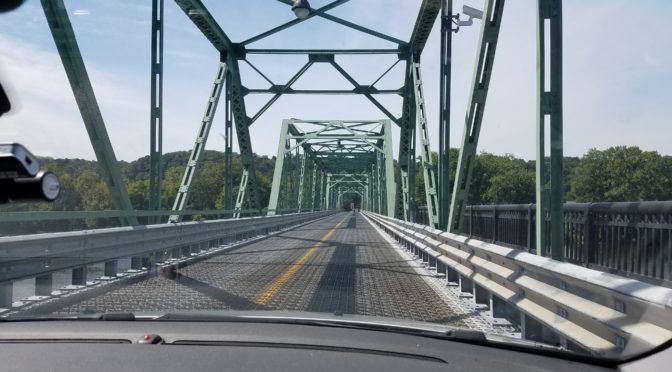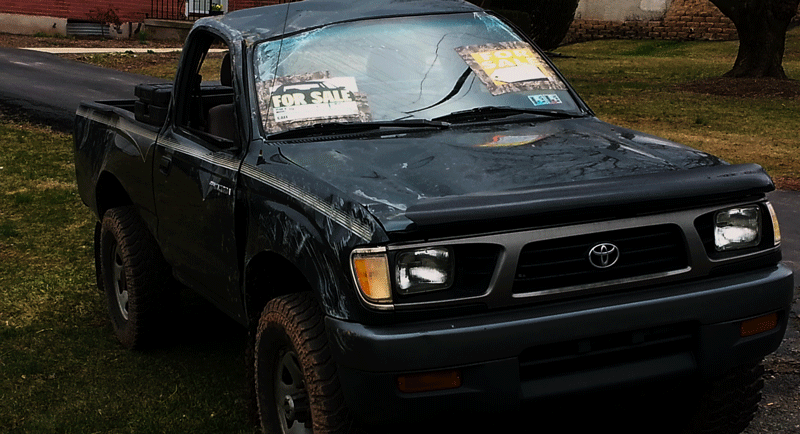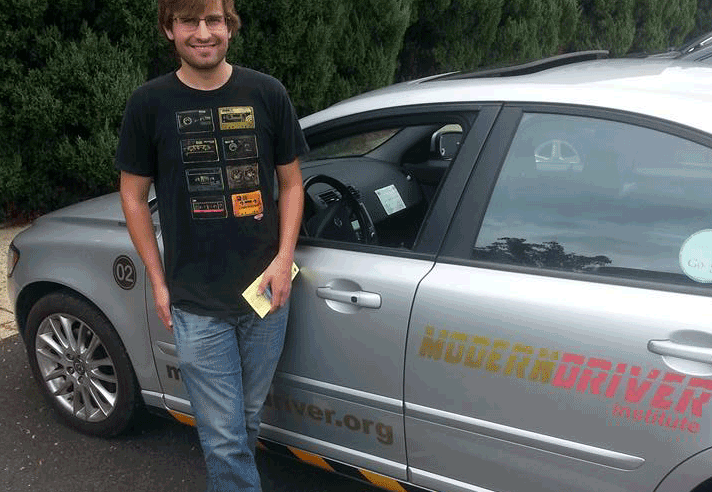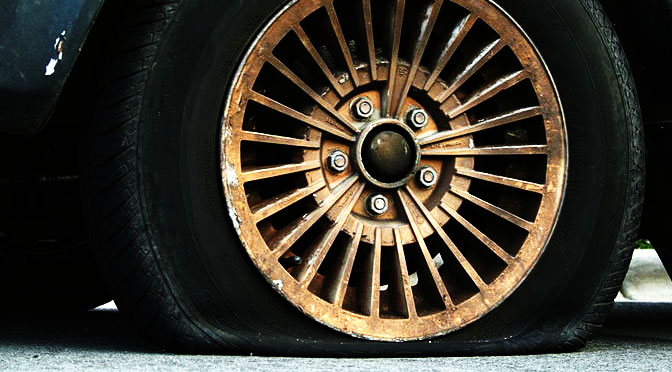A lot of people ask me what lessons are like. It’s one of the most common questions I get. Maybe someone referred you to me, or maybe you’re just shopping driving schools. Continue reading View From The Road: A Letter For Prospective Students
Category Archives: Teen Drivers
What Researchers Say About Graduated Driver Licensing
Graduated driver licensing has grown more popular here in the US over the past two decades, beginning with Florida in 1996. Today, every state uses some form of graduated licensing for its novice drivers. Now that these programs have been around for a while, what is the latest science saying about their effectiveness? Continue reading What Researchers Say About Graduated Driver Licensing
Correct Hand Position?
Here is a question I received and answered on the now-defunct website AllExperts.com:
My daughter is learning how to drive. Her hand position is 8 and 4. I asked her driving teacher, we used to 10 & 2 or 9 & 2. The teacher says it is for airbag safety. Do you like their saying for now a day.
So, yes, the official recommendations for hand position have changed over time. Up until the early 1990’s, the standard was to keep your hands at 10 and 2. But starting around 1992, airbags became standard equipment, and the steering wheels actually got smaller (next time you see a vintage car in a parking lot, take a look at how huge the steering wheel is compared with a newer car). Continue reading Correct Hand Position?
Best Used Cars For New Teen Drivers
Parents often ask me for recommendations about what their new teen driver should be driving. I thought I’d put all the information in one place. Overall, the goal is to get them into a safe, sensible vehicle that will best buffer any mistakes they make and protect them well if they get into trouble.
First off, let’s consider your teen driver. The CDC estimates an average of 6 teens ages 16-19 die every single day in preventable car crashes, and that teen drivers in their first year of driving are at 3 times the crash risk per mile driven as older teens with more experience. Most teens fail to properly anticipate road hazards, have a tendency to speed and fail to preserve proper safety space. The two most common crash types for new teen drivers are single vehicle run off the road (which mostly happens because they take curves too fast) and rear-end collisions (failing to have enough following distance in traffic).
WHAT NOT TO GET
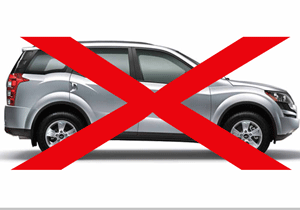 I’ve said this before, and I’ll say it again: SUV’s (sport utility vehicles) and similar vehicles are poor choices for new teen drivers. The high center of gravity increases rollover risk. Combine this with a new teen driver likely to misjudge the proper entry speed to a curve, and you have a recipe for disaster.
I’ve said this before, and I’ll say it again: SUV’s (sport utility vehicles) and similar vehicles are poor choices for new teen drivers. The high center of gravity increases rollover risk. Combine this with a new teen driver likely to misjudge the proper entry speed to a curve, and you have a recipe for disaster.
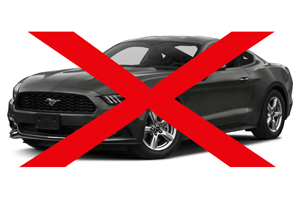 Likewise, high-performance cars should be out of the mix. This includes anything with more than 6 cylinders in the engine, and anything with rear-wheel drive. Most new teen drivers already have a tendency to go too fast and leave too little space – giving them too much power on top of this is a recipe for disaster. Rear-wheel drive vehicles have a tendency toward oversteer skids, which new teen drivers may not have the skills to counteract. They also tend to be much harder, and more dangerous, to drive in inclement weather.
Likewise, high-performance cars should be out of the mix. This includes anything with more than 6 cylinders in the engine, and anything with rear-wheel drive. Most new teen drivers already have a tendency to go too fast and leave too little space – giving them too much power on top of this is a recipe for disaster. Rear-wheel drive vehicles have a tendency toward oversteer skids, which new teen drivers may not have the skills to counteract. They also tend to be much harder, and more dangerous, to drive in inclement weather.
 Also, stay away from compacts and minicars – these simply don’t have the mass to protect your young driver in a crash with anything larger than themselves (which is every other vehicle on the road).
Also, stay away from compacts and minicars – these simply don’t have the mass to protect your young driver in a crash with anything larger than themselves (which is every other vehicle on the road).
SO, WHAT TO GET?
The best choice for a first car for a new teen driver is a mid-sized, 4-door, 4-cylinder, front-wheel drive sedan. If you’re on a tight budget, there’s good news. Safety features such as airbags, antilock brakes and traction control have been standard on many cars for more than 20 years, so you can go all the way back to the mid-1990’s for a great car at a bargain price.
Here are some good choices. All of the vehicles below are mid-sized or large sedans with 5-star government crash ratings, and all can be had for under $5,000. Click on the images for more information.
How Much Time Will I Need?
If there’s one question I seem to always get, it’s this: “How much time will this take (to get me/my son/my daughter through to the license test?” Continue reading How Much Time Will I Need?
Dodging Debris
When driving, especially on the highway, you really never know when circumstances will suddenly change. At highway speed, you’re moving at about 80 feet per second or faster. If something suddenly pops into your path, you may only have a second or two to react.
Watch this video, taken from the Modern Driver DashCam. In this clip, a living room recliner blows out of the bed of a pickup truck in the right lane before bouncing to a stop in the left lane of a highway.
Notice that the only escape path was to quickly move into the adjacent lane – a move which in only possible if the lane is vacant. One of the most important things to remember about driving on multilane roads is to always leave yourself an escape path. Try to position yourself in the traffic flow so that the lane next to you is empty, and other cars are at least two seconds away. If you’re constantly maintaining this emergency buffer space around your car, dodging an attacking recliner is a relatively easy maneuver.
MDI Car Care Clinic Pre-Registration
This summer, Modern Driver Institute will provide Car Care Clinic sessions, which will teach new drivers how to:
- change a flat tire
- safely use jumper cables
- safely use road flares
- check fluid levels
- diagnose vehicle trouble
The MDI Car Care Clinic will be held once a month on a Saturday, and will be about 3 hours in length. Enrollment will be limited to 12 participants per session. All participants will receive an emergency kit for their trunk! Location and dates to be announced shortly.
If you’re interested, complete the pre-registration form below and we’ll contact you as soon as the classes are announced.
Teen Crash Fatalities Rise
WASHINGTON, D.C.—A report released by the Governors Highway Safety Association (GHSA) reveals that the number of 16- and 17-year-old driver deaths in passenger vehicles increased dramatically for the first six months of 2012, based on preliminary data supplied by all 50 states and the District of Columbia. Overall, 16- and 17-year-old driver deaths increased from 202 to 240 – a 19 percent jump.
The new report – the first state-by-state look at teen driver fatalities in 2012 – was completed by Dr. Allan Williams, a researcher who formerly served as chief scientist at the Insurance Institute for Highway Safety. Dr. Williams surveyed GHSA members, who reported fatality numbers for every state and D.C. The increase in teen driver deaths coincides with a projection from the National Highway Traffic Safety Administration (NHTSA) in which all traffic deaths increased by 8 percent. It is particularly concerning that 16- and 17-year-old driver deaths appear to have increased at an even greater rate.
Deaths of 16-year-old drivers increased from 86 to 107 (a 24 percent change), while the number for 17-year-old drivers went from 116 to 133 (a 15 percent change), a cumulative increase of 19 percent. Twenty-five states reported increases, 17 had decreases, and eight states and the District of Columbia reported no change in the number of 16- and 17-year-old driver deaths.
Dr. Williams attributes much of the increase to the fact that the benefit of state Graduated Driver Licensing (GDL) laws may be leveling off, as most of these laws have been in place for some time. Additionally, Dr. Williams speculates that improving economic conditions are contributing to an increase in teen driving, thus increasing their exposure to risk. Dr. Williams notes, “Based on 2011 final data and the early look at 2012, it appears that we are headed the wrong direction when it comes to deaths of 16- and 17-year-old drivers.”
Dr. Williams stresses that while this news is certainly not good, deaths in this age group remain at a historically low level. He notes, “We are still at a much better place than we were ten or even five years earlier. However, the goal is to strive toward zero deaths, so our aim would be that these deaths should go down every year.”
Kendell Poole, Chairman of GHSA and Director of Tennessee’s Governor’s Highway Safety Office, said, “Any increase in highway deaths is unacceptable, particularly among our teens. We know from research and experience that teen drivers are not only a danger to themselves, but also a danger to others on the roadways. So these numbers are a cause for concern.” He continued, “As the report notes, a widespread strengthening of laws is still possible, and utilizing effective tools outside of GDL should be a focus. These include improving driver education and ensuring that scientifically based educational programs are available to new drivers.”
Chairman Poole added, “In my state of Tennessee, we have worked extensively to keep teen drivers safe. Despite our efforts, teens remain our most vulnerable population. With the advances in technology, we suspect distracted driving deaths among teen drivers are rising. We continue to work with teens, parents, educators and law enforcement to address this problem.”
Barbara Harsha, Executive Director of GHSA, stressed that while data are preliminary, she is concerned that signs point to a significant increase in 16- and-17-year-old driver deaths for 2012. She advises states to focus on strengthening GDL and programs that are data-driven. Harsha adds that states should consider implementing parent programs to help parents keep their teens safe. She says, “Parents have a huge responsibility to ensure safe teen driving behavior. States can facilitate this by providing innovative programs that bring parents and teens together around this issue.”
The full report, including state-by-state data, is available online at www.ghsa.org. Image files are also available.

